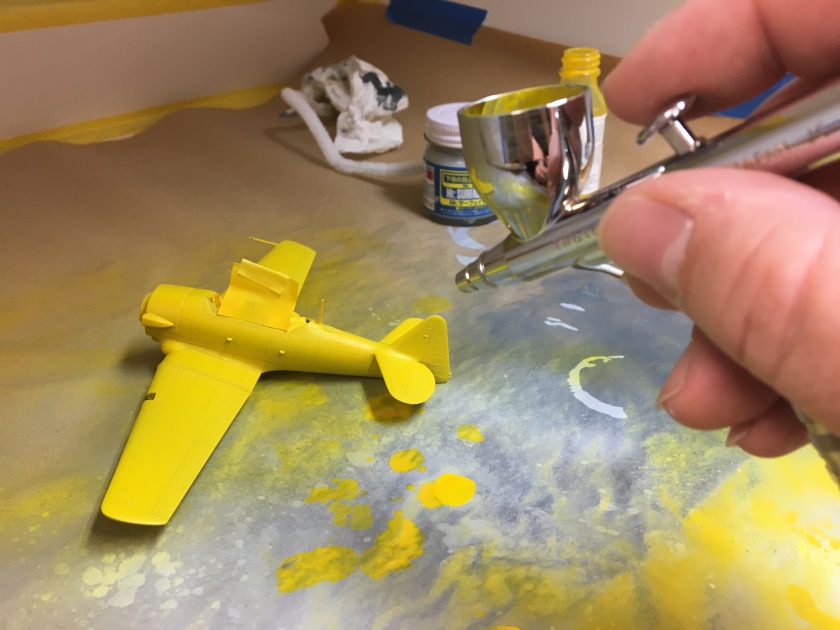The Flip: End of a Love Affair
In her updated article, Shelly Wright describes why she gradually let her flipped classroom give way to a different classroom form which she says is even more student-focused.
How Her Class Was, Flipped
She describes the flipped classroom that she tried but moved away from as one in which the students would be tasked with listening to or observing the lectures for homework (via videos, for example), so that she would have more time for “hands-on” learning-type activities in the classroom the next day. She had wanted to try this arrangement, she explains, because she had felt that she unable to do as many hands-on activities with her class because of the large amount of time she needed to get through all of the course content. In practice, however, she came to feel like she was playing a kind of shell game, and just “juggling the traditional lecture” rather than “moving forward into a new learning paradigm.”
How Her Class is Now, Even More Student-Centred
Her classroom has evolved, apparently quite smoothly, into one in which the students are expected to take much greater responsibility for their own learning, and her own role has become that of a learning coach; she helps the students to learn, to reflect on their learning, to develop skills in finding and evaluating sources, and to work together with their peers. She explains the objectives to the class at the start of the course and sets goals for them, and then monitors and facilitates their progress as they proceed to learn what they need to know at their own pace. A significant side-benefit of her new classroom format is that there is no longer a need to give homework, since everything gets done in class.
My Comments, Observations
The problem that Shelly first turned to “the flip” to try to address is one that most, if not all, teachers share; we only have so many hours allotted to us in which to conduct our classes, but there is so much content to be covered and it takes a fast pace to get through all of it in sufficient detail. Shifting the lectures to the students’ time outside of class is not really an option, especially in the construction trades when the course is not a “core” subject and you know that the non-academically inclined students have enough homework without you adding to it. Moreover, many students would argue that time is money and, therefore, the instructors are supposed to teach them what they’re supposed to know… and there would be complaints to Apprenticeship.
That aside, we do know, too, that the students in construction trades tend to like to learn by doing, so if it were possible we as their instructors would sorely like to accommodate their preference and give them more hands-on activities in the classroom. But how to do it? How does the instructor cover all the necessary content, not give homework, and make opportunities for hands-on learning in the classroom, all at once?
Shelly seems to be on to an idea which might be adaptable to teaching the construction trades, and it’s actually similar to something I have been doing with in my Level 3 classes math and science classes. I find that by Level 3 the apprentices have become quite independent, and if the objectives are explained to them they can work quite effectively through a series of projects at their own pace, with the instructor standing by to provide advice and guidance when needed.
The biggest problem I have in turning over the classroom to student-led learning is a physical one which results from the inflexibility of the classrooms themselves. The classrooms are almost always tiny and so tightly packed with students and furniture that it prevents any movement of the students around the room and makes it nearly impossible for an instructor to move around to see how individuals are progressing. And that is a problem for just about any teaching style… but it’s what we have to work with in rooms that were designed for yesteryear’s classes.
I welcome your comments and ideas.
 Continue reading “Inquiry-Based Learning: My learning experience”
Continue reading “Inquiry-Based Learning: My learning experience”

